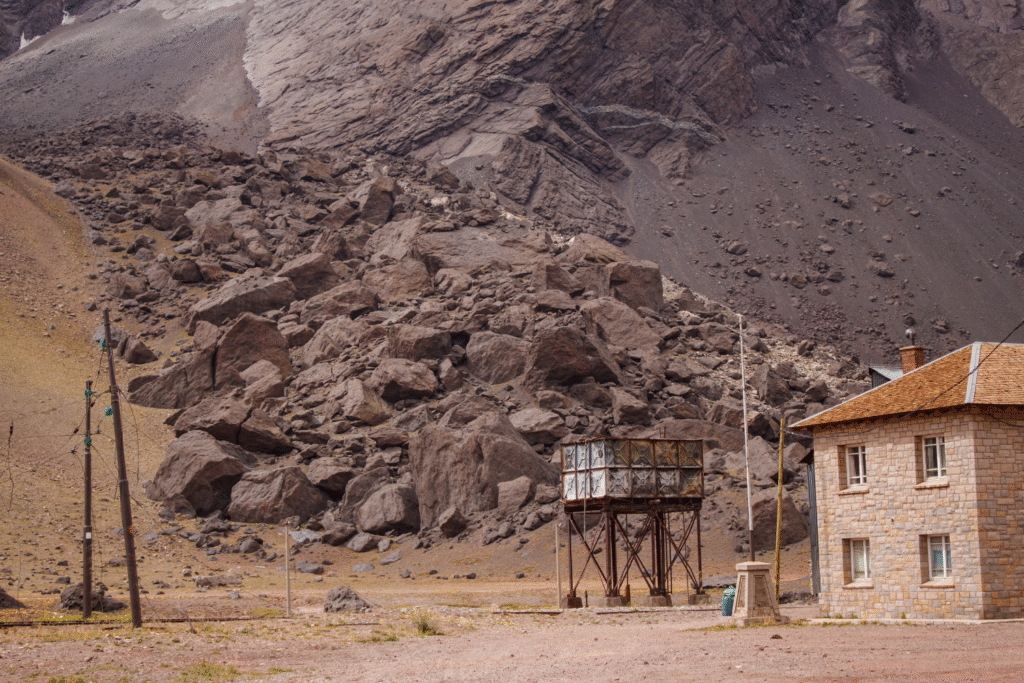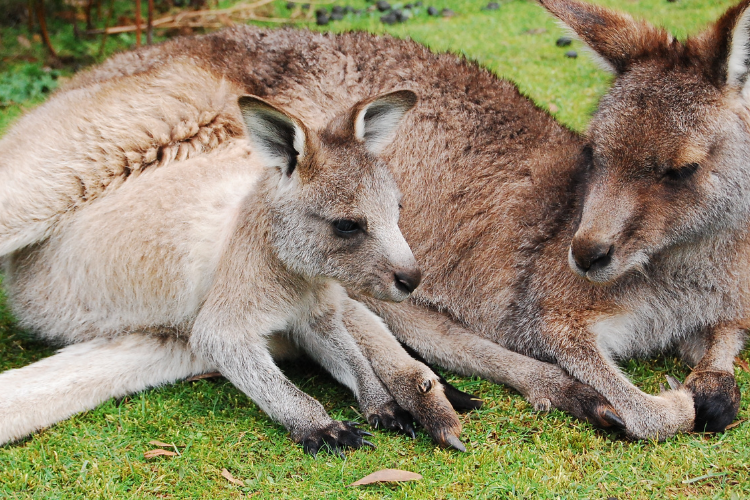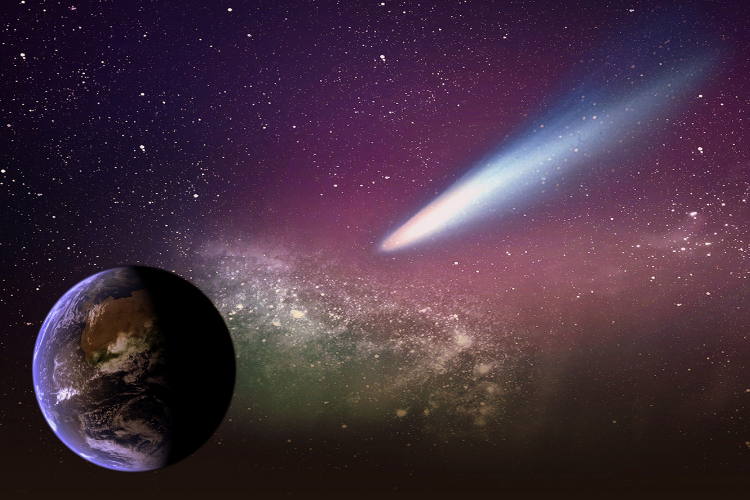Scientists finally solved one of the ocean’s most devastating climate mysteries.

Between 2018 and 2021, more than 10 billion snow crabs disappeared from Alaska’s Bering Sea in what scientists now recognize as one of the largest marine die-offs ever recorded. The mystery that devastated fishing communities and baffled researchers for years has finally been solved.
The collapse wasn’t gradual or expected. One moment, the eastern Bering Sea teemed with what appeared to be a record-breaking population of snow crabs, and then they simply vanished, leaving behind empty crab pots and shattered livelihoods across remote Alaskan communities.




